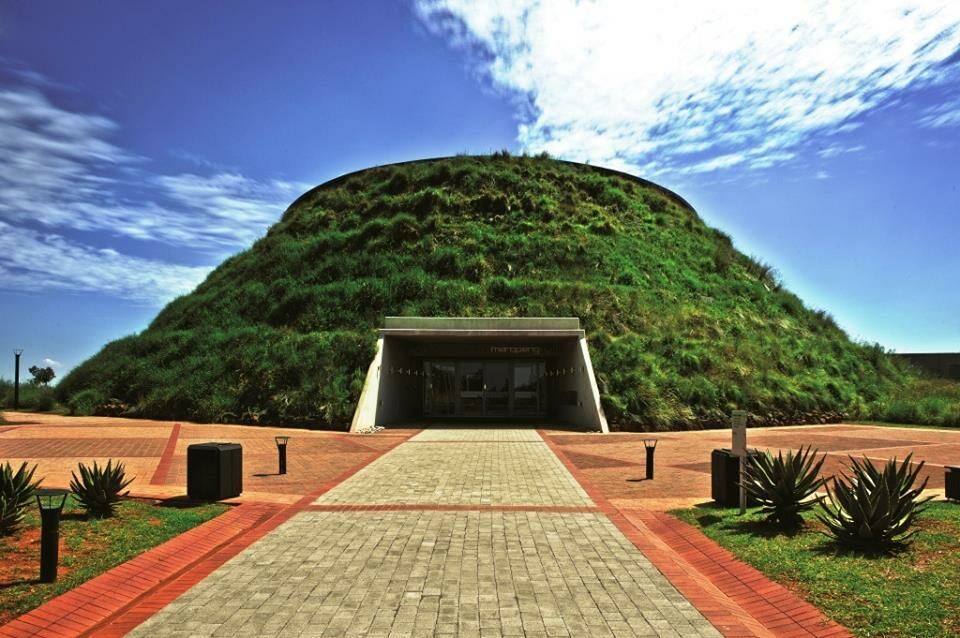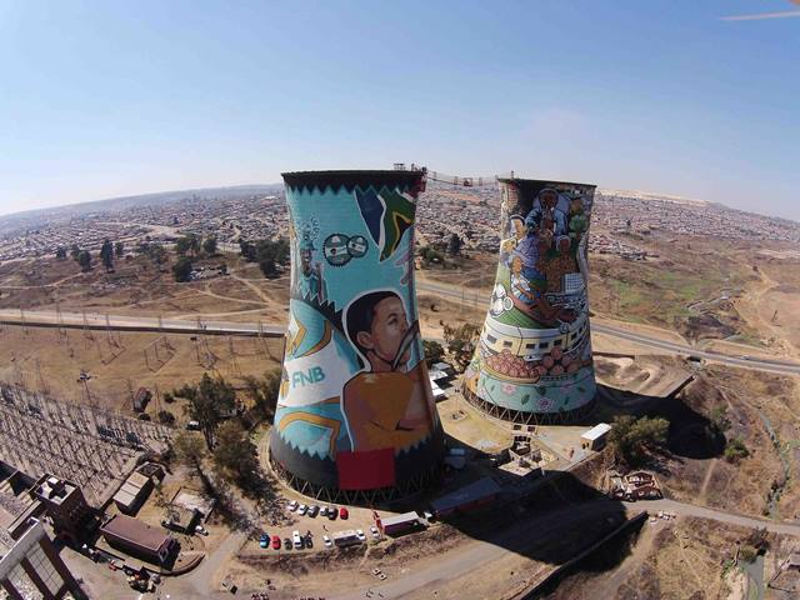More About Johannesburg North Attractions
The Of Johannesburg North Attractions
Table of ContentsThe 7-Second Trick For Johannesburg North AttractionsThe 45-Second Trick For Johannesburg North AttractionsFacts About Johannesburg North Attractions Revealed9 Simple Techniques For Johannesburg North AttractionsJohannesburg North Attractions Can Be Fun For EveryoneRumored Buzz on Johannesburg North Attractions
The city expanded on the side of the Witwatersrand Main Reef, a subterranean stratum of gold-bearing quartz-silica empire that arcs for hundreds of miles beneath the Highveld - Johannesburg North attractions. Most of the gold mines in the city ceased procedure in the 1970s, but in its day the Witwatersrand gold sector accounted for even more than 40 percent of the world's annual gold production.Johannesburg has a temperate environment. The city appreciates about 8 hours of sunshine per day in both winter months and summer season.
What rainfall the city receives drops nearly exclusively in the summer season, commonly in amazing late-afternoon electrical tornados. Air contamination poses a considerable problem, specifically in the winter season, when thermal inversions impede the westward circulation of air from the Indian Ocean. Air pollution is most serious in the densely settled Black areas on the city's periphery, where several locals still depend on coal for fuel.

Everything about Johannesburg North Attractions
The equilibrium of the city is inhabited by whites. Holiday accommodation differs in character and top quality. Soweto is well-known for its limitless rows of municipally constructed, two-room matchbox homes, yet it additionally has a few thriving enclaves along with teeming squatter camps, where 10s of thousands live without water, electricity, or cleanliness facilities.
Physical growth, although rather limited by transportation, proceeded swiftly as migration to South Africa, and Johannesburg in specific, increased substantially. This issue was solved in the 1930s when the car was introduced in automation to South Africa. Autos were, generally, constrained to the affluent, and allowed them to transfer to the north of the city and commute right into the centre.
A lot of poor suburbs were combined, with inadequate blacks and whites living with each other, although the wealthy suburbs were normally booked for whites. This transformed with the political election of the National Event in the 1948 elections, that started to formalise the system called apartheid. Apartheid officially marked which suburbs each race can stay in under the Team Locations Act.
The previous system of eleven numbered areas was reorganised in 2006. Marshalltown, as seen from the top of the Carlton Centre. The M1 and M2 run behind the structures, and the southerly residential areas expand past the freeway border. The central city of Johannesburg is located within the city's Area F. The number of people living in the inner city on a casual basis is unknown, as lots of are unlawful immigrants. The unemployment, education, and age accounts of the area are all unidentified, due to the problem of getting dependable information concerning the area.
Johannesburg North Attractions - Truths
Centred on the CBD, the region consists of the suburbs of Yeoville, Bellevue, Troyeville, Jeppestown, and Berea to the eastern. To the west it infects official site Pageview (Johannesburg North attractions) and Fordsburg. There are little commercial areas to the south, such as City West-Denver and Benrose. Around 800,000 commuters travel through the inner city everyday, and it operates as a regional purchasing node for visitors from the southerly residential areas. Yeoville and Bellevue have a mix of apartment or condo structures and single household units on small whole lots. The region is located on a hilly divide that runs from east to west. One of the most obvious geographic feature is Observatory Ridge, which is called for the large observatory located on it. The leisure areas are no much longer used, because of protection troubles.

Johannesburg Stadium, a training school for both the Golden Lions and Orlando Pirates, is surrounding. The eastern suburbs of Johannesburg lie in the city's 7th [] and 9th [] areas. The area is also functionally integrated with East Rand border towns beyond the main limit of Johannesburg, such as Bedfordview and Edenvale (both part of Ekurhuleni Metropolitan Community).
The 20-Second Trick For Johannesburg North Attractions
R. Tambo International Airport Terminal). The eastern suburban areas are several of the oldest areas of Johannesburg, there are huge communities of Jewish and various other European backgrounds, the majority of the populace is English speaking. There are 3 fairway as well as a number of protected ridges with viewsites. There are several strong and up-market enjoyment and purchasing areas in the east such as the Eastgate Shopping Center and the Greenstone shopping centre.
Initially built to house male migrant employees, lots of have actually been boosted as residences for couples and families. The suburb was not historically allowed to develop work centres within the area, so virtually all of its citizens are commuters to various other components of the city.
6 Easy Facts About Johannesburg North Attractions Shown
The N1 Western Bypass attaches the north residential areas with the north-western residential areas. The houses in the northern suburban areas are mostly formal, without any considerable locations of casual her latest blog housing, or real estate that does not have a permanent framework. Although this is a well established location, there is a trend of land use modification from domestic to commercial, specifically along main arterial roads and around well established nodes.
Roads to the eastern and west are much less well developed, as there are no highways taking a trip in that direction. Towards the northern border of the city, the thickness of growth lowers, leaving large locations of undeveloped land around Midrand.
The Ultimate Guide To Johannesburg North Attractions
, which is located on a hillside overlooking the inner city and Hillbrow.